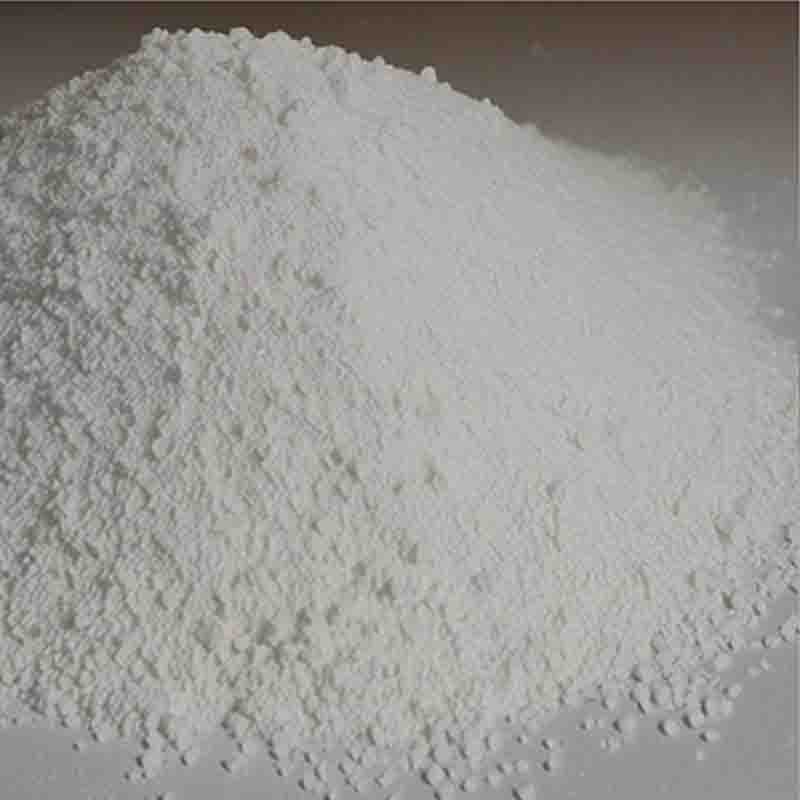(4r-Cis)-1,1-Dimethylethyl-6-Cyanomethyl-2,2-Dimethyl-1,3-Dioxane-4-Acetate (Ats-8) CAS: 125971-94-0
| Catalog Number | XD93347 |
| Product Name | (4r-Cis)-1,1-Dimethylethyl-6-Cyanomethyl-2,2-Dimethyl-1,3-Dioxane-4-Acetate (Ats-8) |
| CAS | 125971-94-0 |
| Molecular Formula | C14H23NO4 |
| Molecular Weight | 269.34 |
| Storage Details | Ambient |
Product Specification
| Appearance | White powder |
| Assay | 99% min |
(4R-Cis)-1,1-Dimethylethyl-6-cyanomethyl-2,2-dimethyl-1,3-dioxane-4-acetate, also known as Ats-8, is a specific compound within the class of dioxane derivatives. While limited information might be available on the precise application of Ats-8, we can discuss the potential uses and properties of dioxane derivatives in general.Dioxane derivatives have attracted interest in medicinal chemistry due to their versatile properties and potential therapeutic applications. These derivatives have demonstrated biological activities that are promising for various fields, including pharmaceuticals, agrochemicals, and material science.In pharmaceutical research, dioxane derivatives have been investigated for their antimicrobial properties. They have displayed inhibitory effects against both bacteria and fungi, making them potential candidates for the development of novel antimicrobial agents. Harnessing the antimicrobial potential of Ats-8 and other dioxane derivatives could contribute to combatting bacterial and fungal infections, especially those involving drug-resistant strains.Another area where dioxane derivatives, including Ats-8, hold promise is in the development of anticancer drugs. Some dioxane derivatives have exhibited cytotoxic activities against cancer cells, which could potentially contribute to the development of new and effective chemotherapeutic agents. Further studies are necessary to understand the mechanism of action and evaluate the efficacy of Ats-8 in inhibiting cancer cell growth.The field of material science is yet another area that could benefit from dioxane derivatives. These compounds possess interesting properties such as solubility, stability, and optical characteristics that make them appealing for various industrial applications. They can be potentially used in the synthesis of polymers, plastics, and other materials with desired properties.It is important to note that while the potential uses of dioxane derivatives, including Ats-8, are promising, further research is required to fully explore their applications. This includes conducting comprehensive studies to evaluate their biological activities, toxicity profiles, and potential side effects. Moreover, optimizing the synthesis process and developing scalable methods for the production of these derivatives are also essential for industrial applications.In conclusion, (4R-Cis)-1,1-dimethylethyl-6-cyanomethyl-2,2-dimethyl-1,3-dioxane-4-acetate (Ats-8) belongs to the class of dioxane derivatives that exhibit potential applications in various fields. While its precise use may need further exploration, dioxane derivatives in general have shown promise in antimicrobial research, anticancer drug development, and material science. Continued investigation and development of these compounds may lead to novel therapeutic options and materials with enhanced properties.









